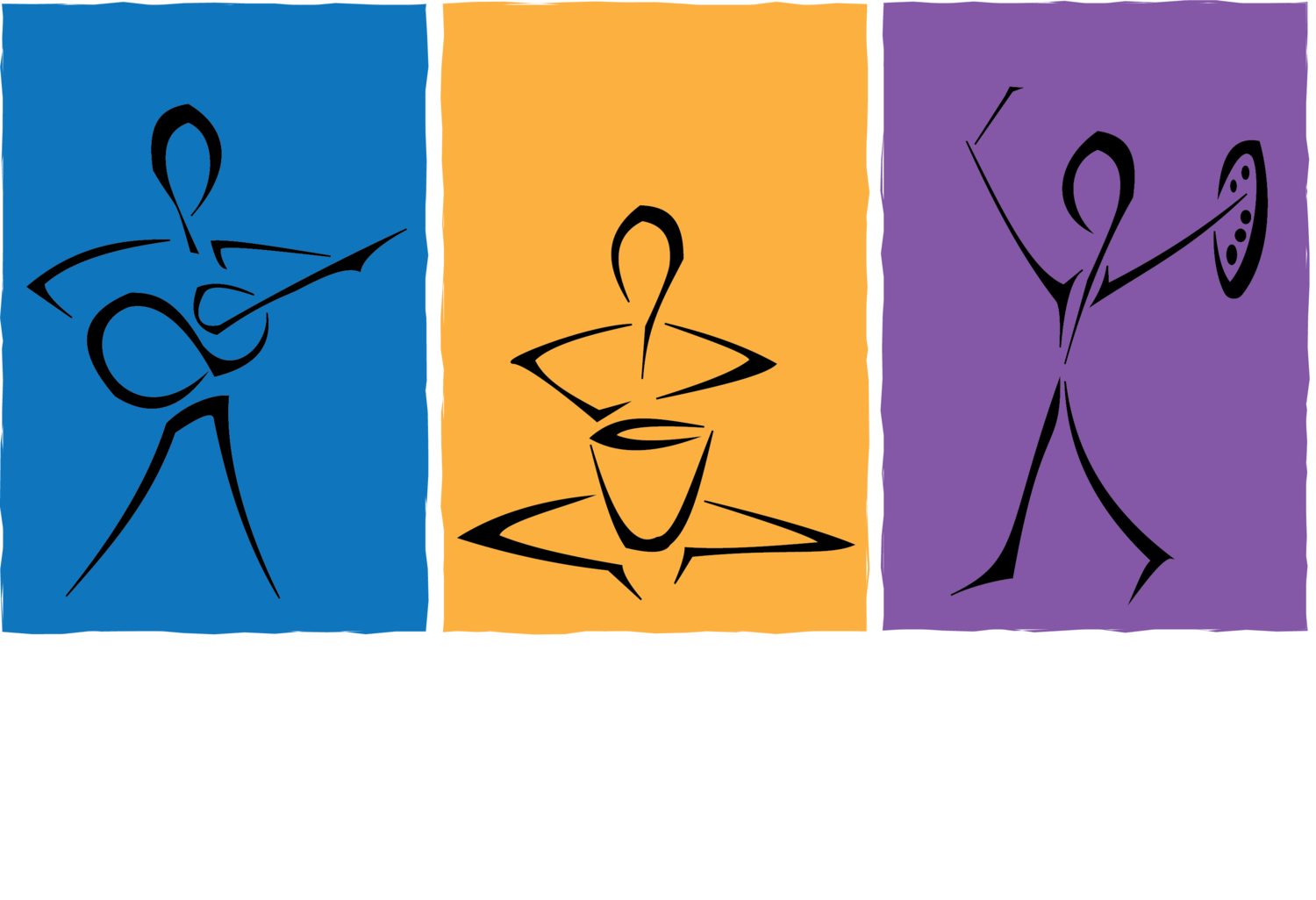Creative Mindfulness Resources for Kids and Teens
Creative Mindfulness for Children.
Prompts compiled by Julia Purcell, MT-BC and Aven Purcell, LPCA.
Mixed ages and abilities, adapt as necessary
1. Look around the room and find something you've never noticed before. You can have child use their “third eye” and name as many things as they can from where their sitting.
2. Melt or Freeze: review what these two words mean. Talk about how we can have a Melt or Freeze brain, and/or a Melt or Freeze body.
3. Ring a bell (any instrument), have another person close eyes and raise their hand when they don't hear the ring anymore.
4. https://www.youtube.com/watch?v=KghYx7OWz1I I like to say worries instead of waggles.
5. STOP Skill: Stop what you're doing / Take a breath / Observe / Proceed
6. Breathing Boards: https://care.uci.edu/services/Breathing%20boards.pdf
7. Rainbow Breathing: https://branchhabitat.blogspot.com/2014/03/rainbow-breathing-exercise-and-worksheet.html
8. Heartbeat Count: Have child find their heartbeat and count the resting rate. Have them dance/exercise for 30 seconds and then have them count their heartbeat again.
9. Tense and release: Help child scan their body for tension. Once identified, have them tense up that area for ten seconds, then release.
10. Body Trace: have child close their eyes and imagine tracing their body outline. Ask about colors, patterns, or textures they might be imagining on or around their outline.
11. Scribble Drawing - Scribble on paper while listening to music… when done, find and fill in three shapes- create a story or song incorporating the three shapes.
12. Trace Hand on piece of paper - 5 things we can experience with our senses:
5 things you can see, 4 things you can hear, 3 things you can feel, 2 things you can smell, 1 thing you love about yourself.
13. “I am breathing in - I am breathing out” Sing it in you head to an ascending and descending 5 notes scale
14. Guided meditation scripts: https://www.greenchildmagazine.com/free-meditation-guided-relaxation-scripts-kids/
15. Before and after body pictures- Guide child through a body scan- noticing colors and sensations in different parts of the body. Have child choose 4-5 colors and assign emotion states to each color. Have child color in a body outline with their current body state. Lead them through another body scan and have them picture their “best, most ideal” self what does it look like/feel like? Have child fill out another body outline with their ideal self. Have them list the feeling/emotion states that are associated with their “best” selves
14. Rhythmic Mantras: say them/chant them in rhythm with a drum beat
I am thankful
Let it go
I am calm
This will pass
I am strong
Breathing in, breathing out
15. Drawing Mantras:
I am thankful: practicing gratitude. Draw picture of self with 3 or 4 thought bubbles around. Write or draw what you are grateful for
I’m the Pond: Draw a pond with several fish and label them with emotions: sad, angry, happy, excited, etc… Lesson; we are not our emotions… we can see them swim, notice them without judgment and let them swim away. We can feel the emotion without letting it take over
Letting Go: Draw three or four balloons. What can you let go of? Draw or write in the balloons. Recognizing the things we cannot control {such as the actions of others} and letting go of our frustration
16. Singing: we sing a song to learn that when we stop and feel our breathing, we feel more calm and focused.
“Peace Like a River” song
I’ve got peace like a river…. In my soul
I’ve got Love like a fountain …. In my soul
I’ve got Love like an ocean
What else do you have? Have children make up their own verse.
Pebble Meditation uses four little rocks to represent simple, yet powerful, concepts, and the central mindfulness practice of breathing in and breathing out to concentrate the mind on these ideas when they are shared. The meditation involves contemplating each pebble one at a time, and the qualities it represents:
Breathing in, I see myself as a flower. Breathing out, I am beautiful just as I am. I feel fresh.
Breathing in, I see myself as a mountain. Breathing out, I feel solid. Nothing can move or distract me.
Breathing in, I see myself as still water, a calm clear light. Breathing out, I reflect things just as they are, inside and around me.
Breathing in, I see myself as the blue sky with a lot of space in and around me. Breathing out, I feel free and at ease.
The flower pebble teaches our kids that they are beautiful, just as they are. It communicates self-acceptance.
The mountain pebble teaches our kids they are solid. They can have their own ideas, and convictions, and communicates self-confidence.
The water pebble teaches our kids to be calm. It teaches them to see and communicate with honesty and clarity.
The sky pebble teaches our kids they are free. Free from worries. Free from their emotions. And free to be at ease with themselves.
More mindfulness resources:
https://www.doyou.com/14-effective-meditations-for-young-children-76520/
